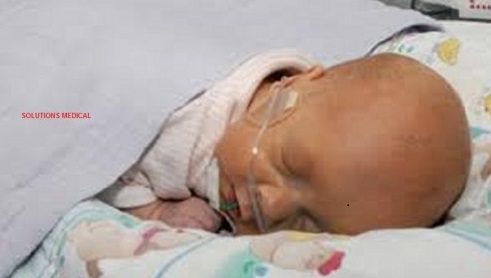Acute kidney injury may arise in neonatal patients due to several causes. The new born baby had a hemorrhagic shock due to a convoluted delivery. In past years peritoneal dialysis treatment was available, this therapy is based on distillation and drainage of sterile fluid into and from the abdominal cavity.
Peritoneal dialysis has many complexity and efficiency in reject the overload fluid that tend to assemble in the neonate that does not have adequate urine output. Advanced talent for neonate patients is continuous arterio-venous hemofilltration.This is treated with extracorporeal circuit in that blood was circulated through a permeable filter by the pressure incline generated by the heart.
In adult technique we expertise the hollow fiber hemodialyzers allowed to unbloked the pediatric hemofiltration, a scale down filters are used for artificial kidney technology. The neonatal patient has approximately 300 ml of blood in his body. Even small shifts of this volume into the extracorporeal circulation would create major hemodynamic dislocation. The arterio-venous hemofiltration in neonatal patients has become a reality in the world for the next years. But the technique in the adult was changed and specific machines with blood pumps were utilized to optimize the extracorporeal circuit. But these machines have proven in competent for pediatric use. In fact current equipment is mostly used off-label in patients under the body weight of 15 kg and is often not usable in a neonatal or premature child. One of the major obstacles in fact is the small size of the catheter utilized in the very small patient and the low accuracy of flow control in the blood circuit and fluid balance control in the dialysate circuit.
In this exploration was first completed in extracorporeal support was started on a patient with critical multiple organ dysfunction and oliguric kidney failure. 24 hours hemofiltration was convey out for 15 days with stabilization of vital parameters and transfer of fluid overload. Blood flow is 13 ml/min and daily clearance is 2.2 liters. The baby developed acute hyperbilirubinemia due to combined liver dysfunction and the hemofiltration treatment was then alternated with plasmapheresis with a modified CARPEDIEM circuit. The extracorporeal priming volume of the circuit is less than 20 ml, allowing maximal hemodynamic tolerance. The neonate is extubated, secure, liver and kidney function normalized and going to be discharged tomorrow from the hospital.

